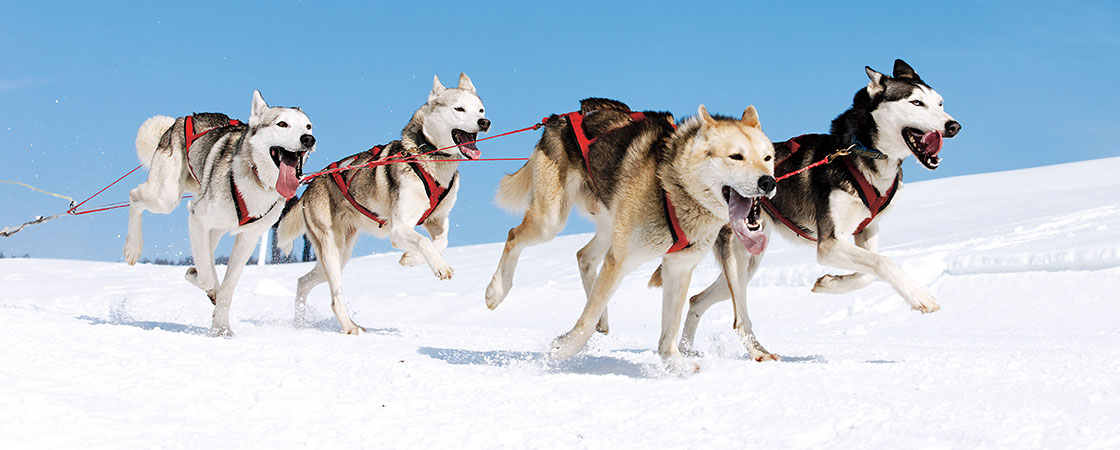Bettmann/Getty Images
Balto
It was a freezing winter in 1925. The town of Nome, Alaska, was in trouble. A deadly disease was spreading through the town. The disease was called diphtheria (dif-THEER-ee-uh), and Nome’s only doctor didn’t have any medicine for it.
Several children had gotten sick and died. And more people were getting sick each day. The closest medicine was hundreds of miles away in a town called Nenana.
There were only a few ways to reach the remote town of Nome. During the winter, most of these ways couldn’t be used. Thick snow blocked the roads. Strong winds made flying dangerous. And the nearby water was too icy for ships to travel through. There was only one way to get in or out of Nome—on an icy dogsled trail.
It was a freezing winter in 1925. The town of Nome, Alaska, was in trouble. A disease was spreading through the town. And it was a deadly one. The disease was called diphtheria (dif-THEER-ee-uh).
Nome had one doctor. And he didn’t have any medicine for it.
Several children had gotten sick and died. More people were getting sick each day. The closest medicine was hundreds of miles away. It was in a town called Nenana.
Nome was hard to reach. There were only a few ways to get to the remote town. Most of these ways couldn’t be used in the winter. Snow blocked the roads. Strong winds made flying dangerous. There was water nearby. But it was too icy for ships to come through. So there was only one way to get to Nome: an icy dogsled trail.
It was the winter of 1925. A town called Nome, Alaska, was in trouble. A deadly disease called diphtheria (dif-THEER- ee-uh) was spreading through the town. People were getting sick. Some had died. And the closest medicine was hundreds of miles away. There was only one way to get the medicine to Nome in winter: an icy dogsled trail.
The trail was long and treacherous. But Nome’s leaders came up with a plan. Twenty dogsled teams would work together. Each team would run part of the way. Then they would pass the medicine to the next team. They had six days to deliver it, or it would get too cold.

